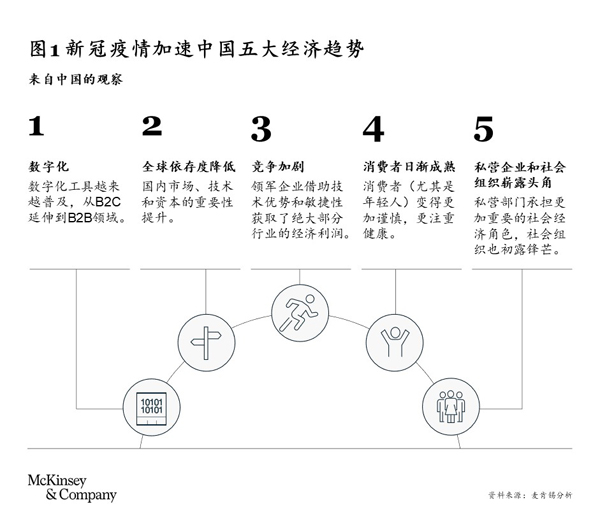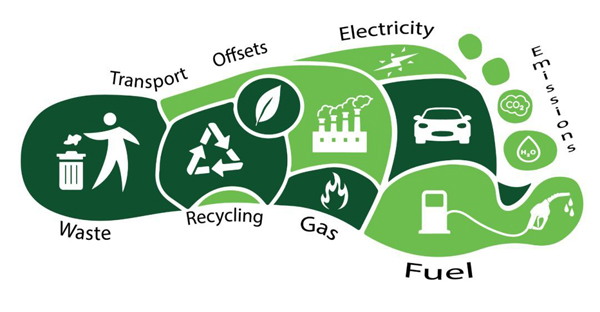SILKO2 PRO | Assist Designers Understand Textile Carbon Footprint
In 2008, United Nations Environment Programme issued "Kick the Habit: A UN Guide to Climate Neutrality" on World Environment Day. It points out the low-carbon lifestyle, advocates lifestyle changes, and is committed to carbon neutrality.

In October 2019, the State Council of the People’s Republic of China issued the "Outline for Implementing the Moral Construction of Citizens in the New Era”, it mentions the issue of reducing carbon footprint, calls on a simple and moderate, green and low-carbon lifestyle, guides people to be protectors and builders of the ecological environment.
In 2020, a sudden COVID-19 has further intensified the urgent need for ecological protection in this era. Mc Kinsey&Company issued “How COVID-19 is Accelerating Five Key Trends Shaping the Chinese Economy”, the report points out that the epidemic has forced consumers to become more cautious and health-conscious, and more than 70 percent of respondents will like to spend more time and money purchasing safe and eco-friendly products.

In recent years, more and more companies have begun to pay attention to low-carbon manufacturing in order to respond to pressure from the government, society and the public, and demonstrate their own social responsibility. Some institutions and companies have successively carried out research on carbon footprint, that is, from the perspective of the whole life cycle, the carbon emissions generated by the production, transportation, sales, use, and disposal, striving to reduce the greenhouse effect on the whole life cycle of the product.
Carbon Footprint is basically the total amount of greenhouse gas emissions that anything -- a person, organization, event, product or service-- has produced. Usually all greenhouse gas emissions are expressed in carbon dioxide equivalent. Greenhouse gases mainly include carbon dioxide, methane and other carbon-containing gases, which can lead to carbon emissions through other services such as burning fossil fuels, opening up wasteland, producing and consuming food, and manufacturing goods.

Silk, as the fiber queen, has an important application in the field of textiles and garments. At the same time, it also plays an important role in ecological and environmental protection. In 2017, Joao Berdu, head of Vale de Seda- member unit of International Silk Union (ISU), published the conference paper "Silk Industry and Carbon Footprint mitigation" in AUTEX Conference with other experts from University of São Paulo and Federal University of Rio de Janeiro. It points out that Brazil can absorb 81.65 tons of carbon dioxide per hectare in a year, which can offset 735 times the carbon dioxide released by silk fiber. Therefore, silk is an environmentally sustainable fiber.

In 2018, in order to further understand millennial awareness of silk sustainability, fashion and responsible consumption, it was initiated by Joao Berdu, supported by ISU, and assisted by the Italian Silk Office and Intersoie France, 2500 millennial female from France, Germany, Italy and the United States have carried out an international research project on “Millennials, Fashion, Sustainability and Silk”. The results of the survey show that more than 60% of Millennials are considering decreasing their carbon footprint and 65% of them consider silk is sustainable as silk products are made to last. At the end of 2018, ISU issued a multilingual research report, and it was widely promoted in China, Italy, Switzerland, Brazil and other countries in conjunction with teaser videos.
Based on preliminary research and related professional research, Vale de Seda have developed the SILKO2 PRO platform to help designers understand the carbon footprint of their collections. SILKO2 PRO has Chinese, English, French, German, Portuguese and other language versions. It uses an algorithm with premises validated by United Nations, the English NGO WRAP and an article presented in 2017 at AUTEX Conference.
The algorithm that supports SILKO2 PRO is based on the fact that it is not possible to produce silk without mulberry trees cultivated and kept alive so that their leaves, without any pesticide residue, are used in feeding of silkworm. Mulberry trees needed to feed the silkworms that produce the filament of a blouse made of silk sequester 30 times more carbon than the carbon footprint that will be left by this blouse throughout its useful life.
SILKO2 PRO 中英文操作演示
SILKO2 PRO link:https://www.valedaseda.com.br/silko2pro/ch
Add a new collection, input the weight and its fiber content of every item. The SILKO2 PRO can calculate whether the collection is the carbon neutral, then understand the impact of the collection on the ecological environment. In addition, through the platform, it can also enhance users’ awareness of the carbon footprint of different fiber. In this regard, silk shows obvious environmental advantages. It is enough to have about 4% silk in the collection to have it carbon neutral. It fits the millennial of responsible consumption and rational consumption, making "carbon neutral" a powerful promotional point for silk brands and products.

